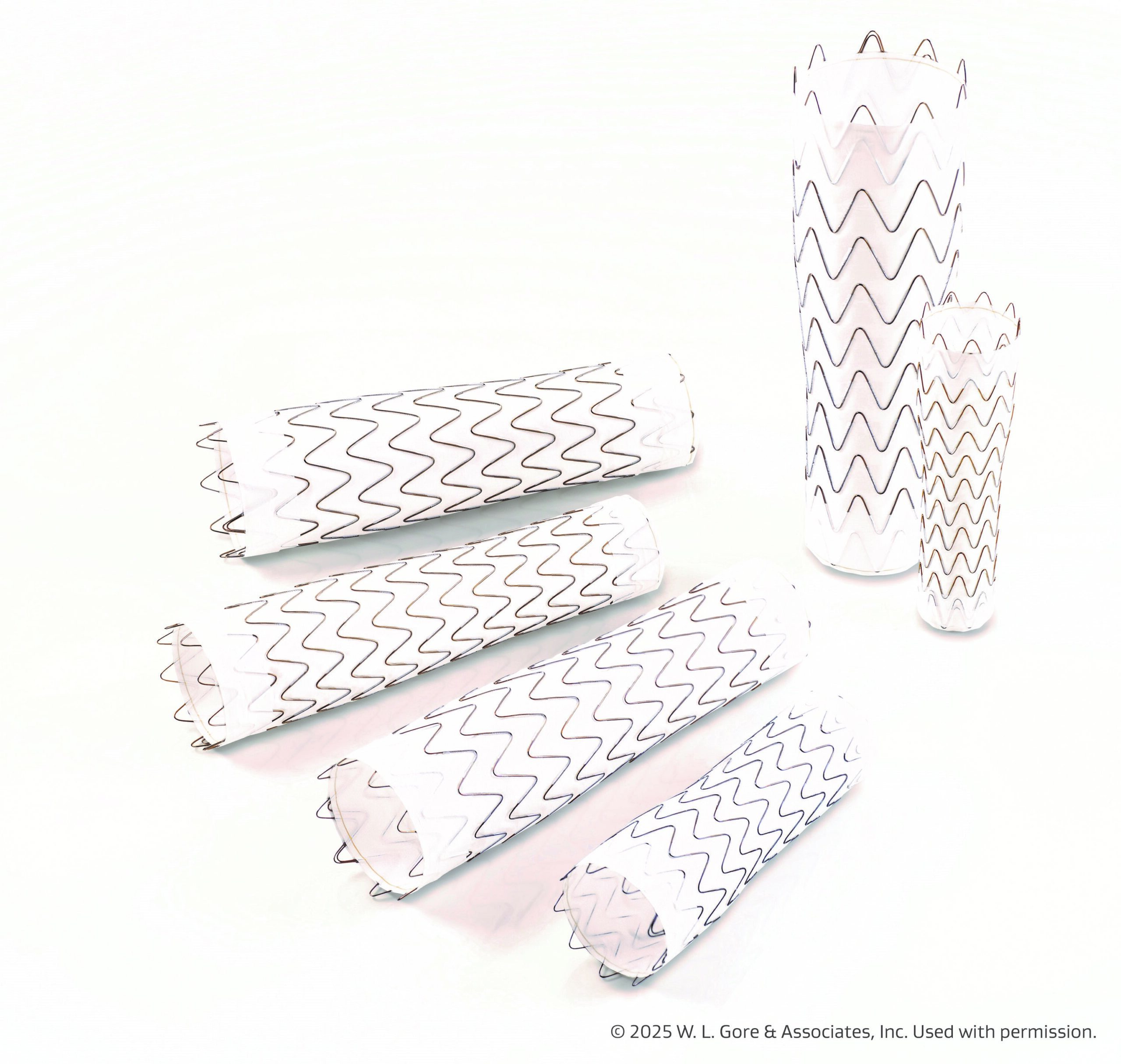
A study questioned which intervention—vitamin D, omega-3 fatty acid, or strength training, alone or in combination—was best for older adults without existing comorbidities to improve clinical outcomes. As it turned out, according to the researchers, none of the interventions were effective.
The study was a double-blind, placebo-controlled, 2 × 2 × 2 factorial randomized clinical trial of patients aged 70 years or older with no five-year history of major health events, sufficient mobility, and good cognitive status. They were randomized to one of the following intervention groups: 2,000 IU/d of vitamin D3, 1 g/d of omega-3s, and a strength-training exercise program (n=264); vitamin D3 and omega-3s (n=265); vitamin D3 and exercise (n=275); vitamin D3 alone (n=272); omega-3s and exercise (n=275); omega-3s alone (n=269); exercise alone (n=267); or placebo (n=270).
Six primary outcomes were considered over a three-year period: change in systolic and diagnostic blood pressure (BP), Short Physical Performance Battery (SPPB), Montreal Cognitive Assessment (MoCA), and incidence rates (IRs) of nonvertebral fractures and infections.
The researchers randomized 2,157 patients (mean age, 74.9 years; 61.7% were female), of whom 1,900 finished the trial.
Over a median follow-up of 2.99 years, none of the interventions—alone or in combination—were associated with any significant benefit.
In both the vitamin D versus no vitamin D and omega-3s versus no omega-3s groups, the difference in mean change in systolic BP was –0.8 (99% confidence interval [CI], –2.1 to 0.5) mm Hg (P<0.13 and <0.11, respectively), while for diastolic BP, the difference in mean change between omega-3s versus no omega-3s was –0.5 (99% CI, –1.2 to 0.2) mm Hg (P=0.06). The difference in mean change in IR of infections between omega-3s versus no omega-3s was –0.13 (99% CI, –0.23 to –0.03); the IR ratio was 0.89 (99% CI, 0.78–1.01; P=0.02). The interventions did not appear to impact SPPB, MoCA, and IR of nonvertebral fractures. Twenty-five patients died, with similar mortality rates among all the treatment groups.
The study findings appeared in JAMA.







 © 2025 Mashup Media, LLC, a Formedics Property. All Rights Reserved.
© 2025 Mashup Media, LLC, a Formedics Property. All Rights Reserved.